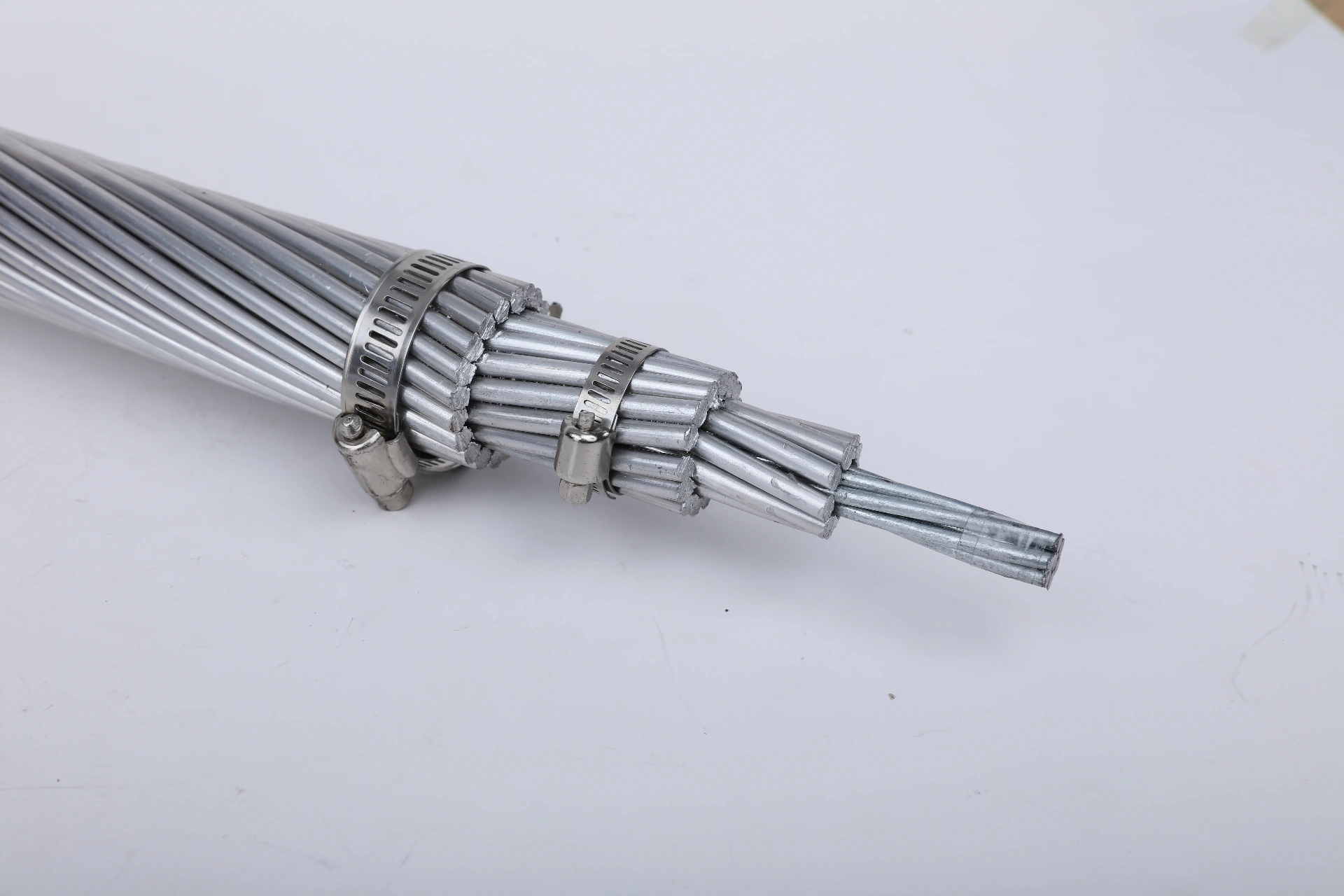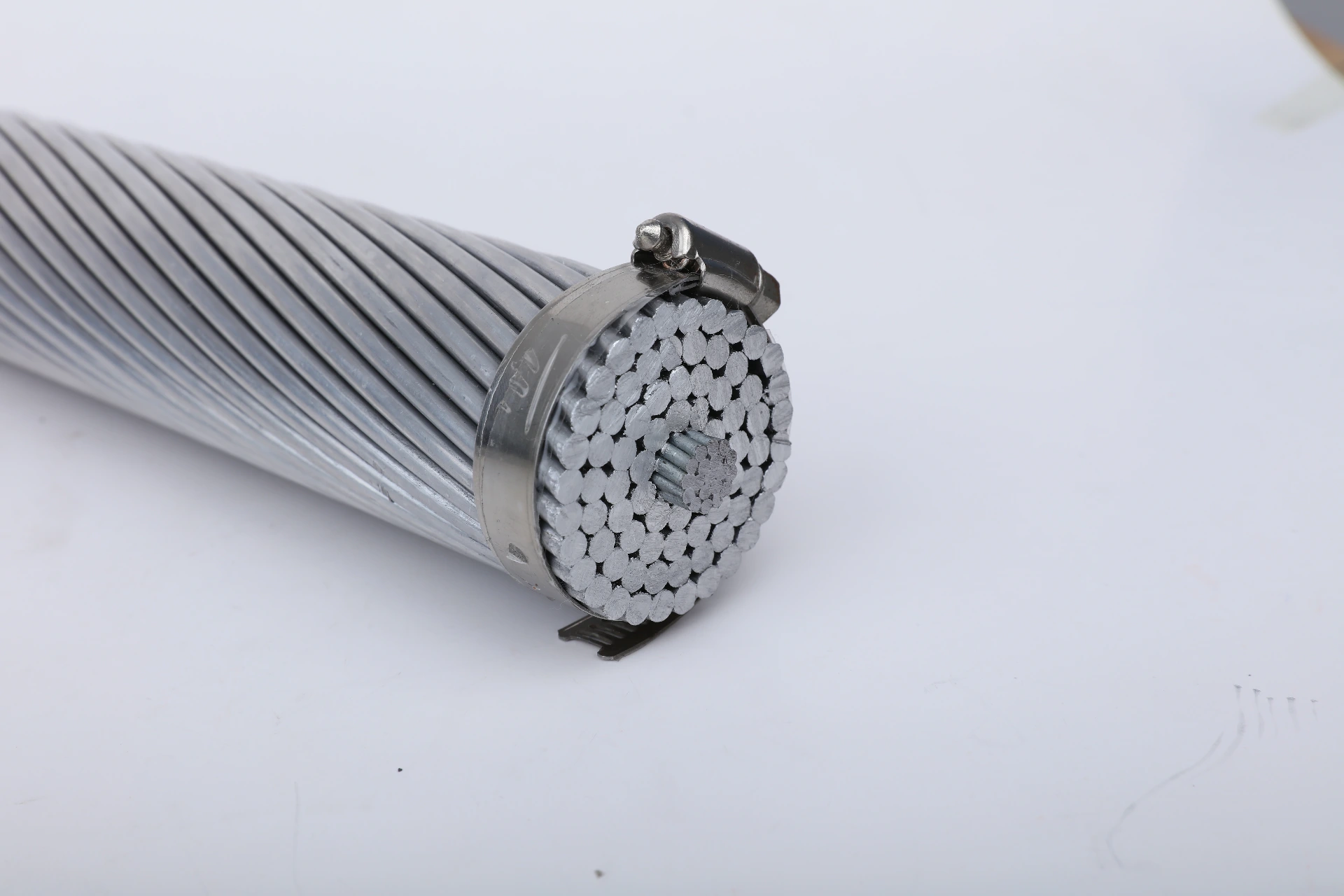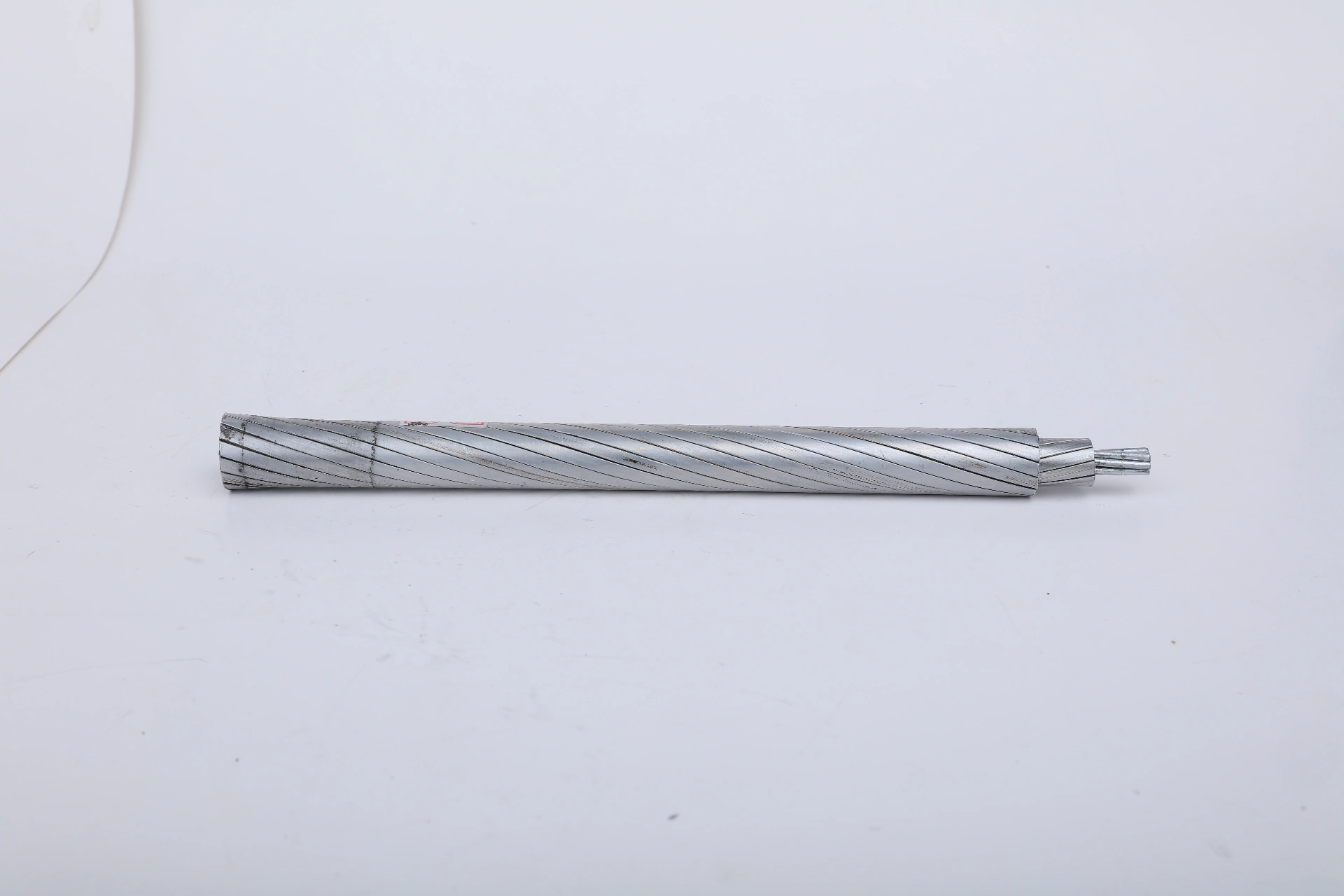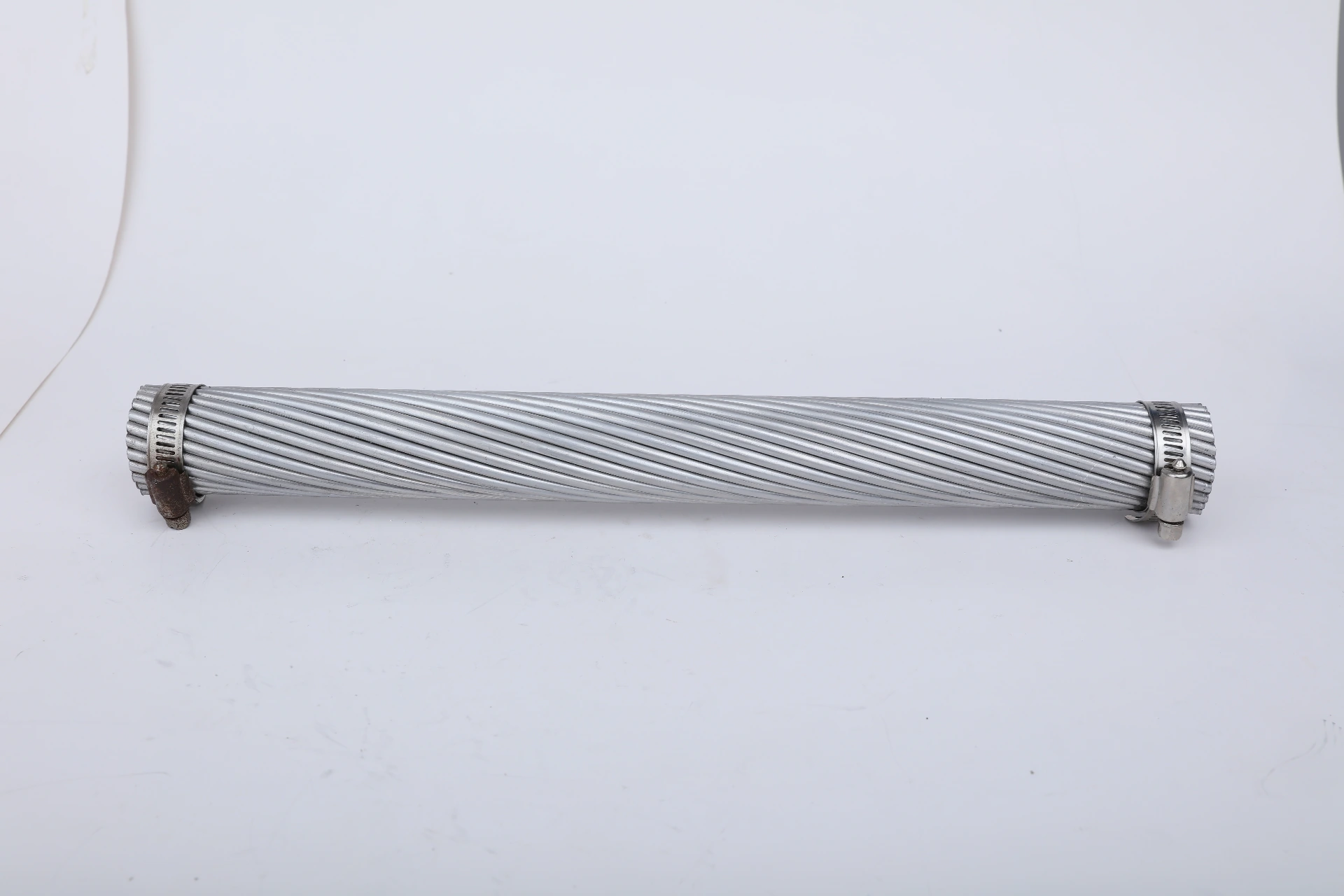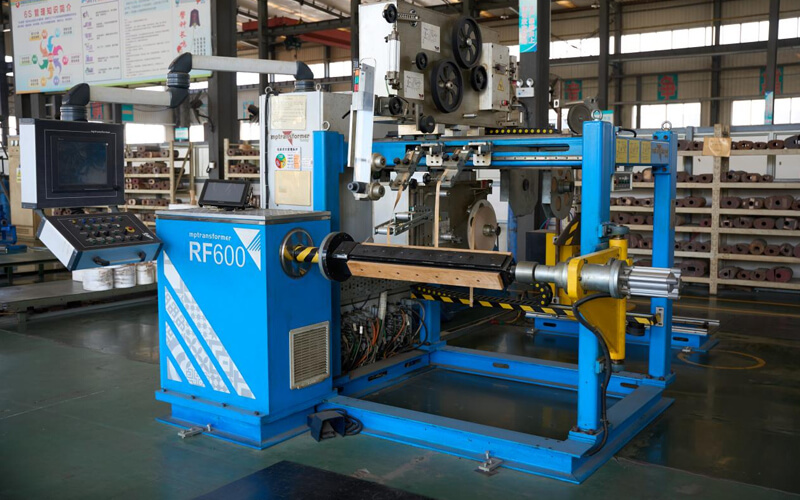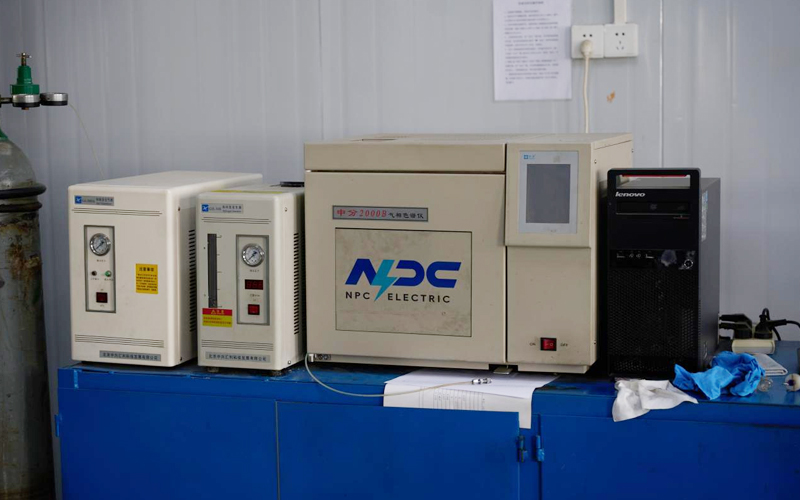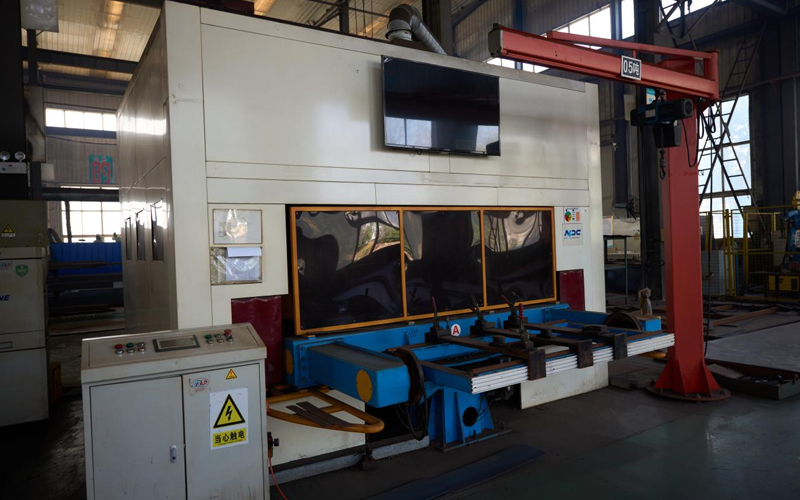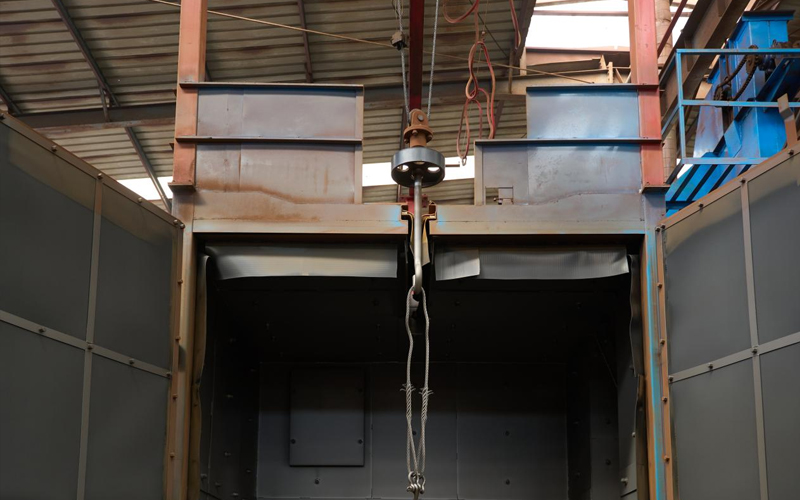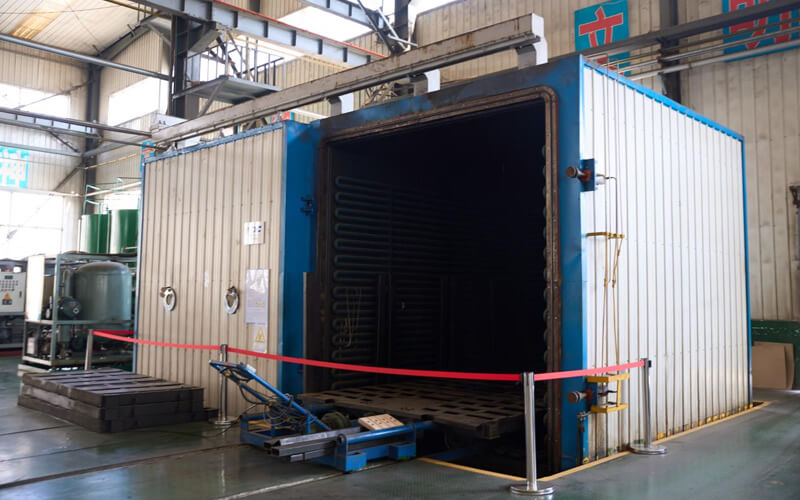Wires and Cables
Bare Conductor
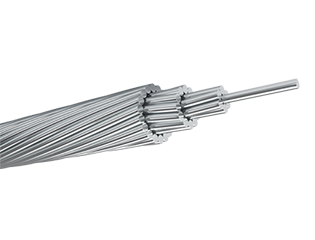
ALL ALUMINUM ALLOY CONDUCTORS(AAAC)
All Aluminum alloy (ALMELEC) electrical wire conductors are made from high-strength Aluminum-Magnesium-Silicon alloy. These conductors boast a superior strength-to-weight ratio compared to standard AAC, allowing for longer spans and reduced support structures in challenging terrains. Their improved sag characteristics minimize clearance issues, while excellent corrosion resistance extends service life in aggressive environments like marine or polluted zones. Electrically, AAAC offers lower power losses and better conductivity, optimizing energy efficiency in distribution networks. Manufactured to standards such as IEC 61089 and ASTM B399, they feature concentric stranding for mechanical stability and ease of installation with simpler fittings than ACSR. Versatile in size from small distribution lines to high-voltage transmission, AAAC supports applications on poles, towers, and substations. By reducing maintenance and enhancing reliability, these conductors provide a sustainable, cost-efficient alternative for modern power infrastructure, contributing to greener energy systems worldwide. Their lightweight design also facilitates easier handling during setup.
ALL ALUMINUM CONDUCTORS(AAC)
All Aluminum Conductors (AAC) are essential for overhead power transmission and distribution, constructed from concentrically stranded hard-drawn 1350 aluminum wires. Known for their superior electrical conductivity—up to 61.2% IACS—these conductors minimize energy losses, making them cost-effective for urban and rural grids. Lighter than steel-reinforced options, AAC simplifies installation and reduces structural demands on poles and towers. Their excellent corrosion resistance suits moderate environments, though they exhibit higher sag in long spans compared to alloys. Compliant with standards like ASTM B231 and IEC 60889, AAC is available in various sizes, from small distribution lines to higher voltage applications. The stranded design enhances flexibility and durability against wind and ice loads. Ideal for primary and secondary overhead lines, AAC supports efficient power delivery with minimal maintenance. By optimizing conductivity and weight, these conductors contribute to sustainable energy infrastructure, reducing operational costs and enhancing reliability in standard utility setups. Their recyclability aligns with eco-friendly practices in modern electrical networks.
ALUMINUM CONDUCTOR ALLOY REINFORCED(ACAR)
Aluminum Conductor Alloy Reinforced (ACAR) is a high-performance overhead conductor featuring concentrically stranded 1350-H19 aluminum wires around a core of 6201 aluminum-magnesium-silicon alloy strands. This design optimizes the balance between electrical conductivity and mechanical strength, offering higher ampacity than equivalent AAAC and better strength-to-weight ratio than AAC. ACAR excels in applications requiring reduced sag and enhanced durability, with excellent corrosion resistance suitable for coastal or industrial settings. Compliant with ASTM B524, B231, and B398 standards, it supports various stranding configurations for flexibility in line design. The alloy reinforcement provides superior tensile strength (up to 30% more than pure aluminum), minimizing support structures and installation costs. Ideal for primary and secondary distribution, ACAR reduces energy losses while maintaining reliability under heavy loads or extreme weather. Its lightweight nature facilitates easier handling, and full aluminum construction ensures recyclability, aligning with sustainable power infrastructure goals. ACAR is a versatile choice for modern grids seeking efficiency and longevity.
ALUMINUM CONDUCTOR STEEL REINFORCED(ACSR)
Aluminum Conductor Steel Reinforced (ACSR) is a widely used overhead conductor consisting of concentrically stranded 1350-H19 aluminum wires surrounding a galvanized steel core. This design provides exceptional tensile strength from the steel while leveraging aluminum's high conductivity (up to 61% IACS) for efficient power transmission with minimal losses. ACSR excels in long-span applications, offering low sag and high ampacity, making it suitable for high-voltage lines where mechanical reliability is critical. Resistant to corrosion through galvanization, it withstands harsh weather, including ice and wind loads. Compliant with ASTM B232, B230, and B498 standards, ACSR comes in various configurations like single or multiple steel strands for customized strength-to-weight ratios. It's cost-effective, reducing the need for additional supports and simplifying installation on towers or poles. With proven durability, ACSR enhances grid stability and longevity, supporting global utility networks. Its recyclability promotes environmental sustainability, making it a staple for modern electrical infrastructure in rural and urban settings.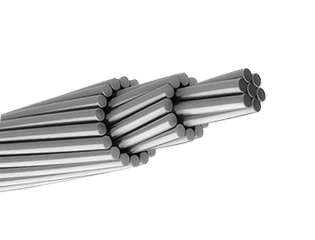
ALUMINUM CONDUCTOR ALUMINUM CLAD STEEL REINFORCED(ACSR/AW)
Aluminum Conductor Aluminum-Clad Steel Reinforced (ACSR/AW) offers enhanced protection for overhead lines, with outer 1350 aluminum strands encircling an aluminum-clad high-strength steel core. The cladding significantly boosts corrosion resistance over traditional ACSR, ideal for marine, acidic, or high-humidity settings. Steel reinforcement provides superior mechanical properties, enabling longer spans with reduced sag and higher load capacity. Electrical conductivity from aluminum layers ensures minimal transmission losses, supporting ampacities up to 20% higher in equivalents. Adhering to IEC 61089 and ASTM B549, ACSR/AW features versatile stranding options for optimized ratios. Its design facilitates easy installation and compatibility with existing hardware. Lightweight yet robust, it lowers infrastructure costs and maintenance needs. ACSR/AW promotes sustainability through better longevity and recyclability, reducing environmental impact. Widely adopted in global utilities, it delivers reliable performance in extreme conditions, from stormy coasts to industrial hubs, making it a smart choice for future-proofing power grids.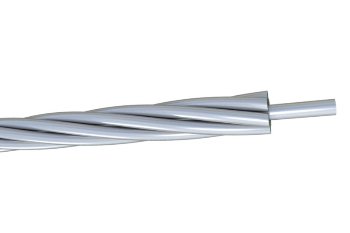

Penguin ACSR Conductor Cable
The ACSR Penguin is an Aluminium Conductor Steel Reinforced (ACSR) designed with a robust steel core surrounded by layers of high-conductivity aluminium wires, adhering to ASTM B232 standards. Ideal for overhead power transmission lines and primary/secondary distribution circuits, this bare cable combines aluminium's excellent electrical conductivity with the added mechanical strength of galvanized steel wires, ensuring reliable performance in demanding applications.
Pigeon ACSR Conductor Cable
The ACSR Pigeon is an Aluminium Conductor Steel Reinforced (ACSR) featuring a durable galvanised steel core encased in concentrically stranded hard-drawn 1350-H19 aluminium wire layers, compliant with ASTM B232 standards. Ideal for overhead transmission systems and primary/secondary distribution networks, this bare cable combines aluminium's superior electrical conductivity with the mechanical strength of Class A or B galvanised steel. Its balanced design, achieved through calibrated wire ratios, ensures optimal performance and corrosion resistance for demanding electrical applications.
Quail ACSR Conductor Cable
The ACSR Quail is an Aluminium Conductor Steel Reinforced (ACSR) featuring a galvanized steel wire core (single or stranded) encased in hard-drawn 1350-H19 aluminium layers, meeting ASTM B232 standards. Ideal for overhead transmission and distribution lines, it provides a robust design with Class A or B galvanization, ensuring mechanical strength and electrical efficiency at 75°C conductor temperature.In-Depth Analysis
Comparative Analysis of Efficiency and Loss
Compared to the industry average, bare conductor cables exhibit lower losses and higher efficiency across the entire load range.
Load Efficiency Comparison(%)
No-load Loss Comparison(W)
High Conductivity Design
High-purity oxygen-free copper or high-quality aluminum conductors are used with smooth surface and low resistance to ensure efficient power transmission and reduce energy loss.
Insulation Protection System
Use flame-retardant, wear-resistant and corrosion-resistant polymer insulation materials to meet the safe operation requirements in different environments.
Weather-Resistant & Durable Technology
The outer sheath is made of UV-resistant, heat-resistant, and oil-resistant materials, making it suitable for high and low temperatures, humidity, and long-term outdoor use.
Safe Flame Retardant System
The multi-layered flame-retardant structure effectively slows the spread of flames and releases low-smoke, halogen-free gases during combustion, reducing secondary hazards.
Easy Installation & Maintenance
The flexible core and flex-resistant outer sheath provide a small bend radius and high installation efficiency. Color coding and length markings reduce installation and maintenance costs.
Intelligent Monitoring
An optional remote monitoring system is available to monitor operating status, temperature, load and other parameters in real time, and supports fault warning and remote diagnosis.
Environmental Adaptability Analysis
Bare conductor cables have been rigorously tested and can operate stably under various harsh environmental conditions.

Temperature Range
-40℃ ~ +55℃
Can work normally in extreme high and low temperature environments

Humidity Adaptation
0 ~ 100% RH
Including condensation environment, no frost requirement

Weather Resistance Grade
UV/IEC 60811-501
The outer sheath has excellent UV resistance and aging resistance

Chemical Corrosion Resistance
Oil / Acid / Alkali
Resistant to oil, acid, alkali and some chemical corrosion environments
Why Choose Us

Bare Conductor Cables Manufacturer

Bare Conductor Cables Advantages
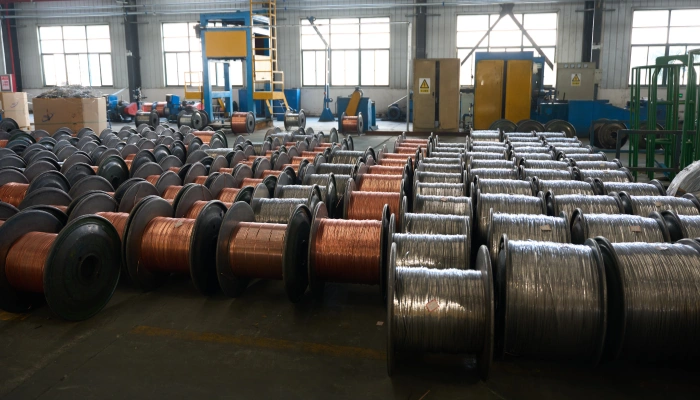
AAC AAAC ACSR ACAR Conductor
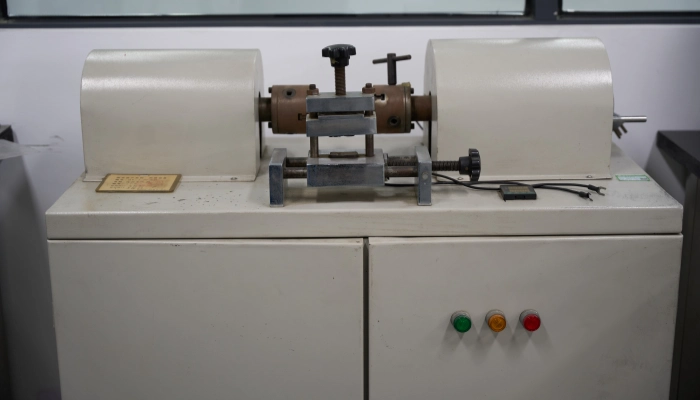
Bare Conductor Quality Control
Product Show
Testing and Certification
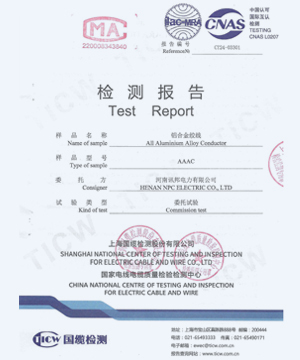
Bare Cable Test Report
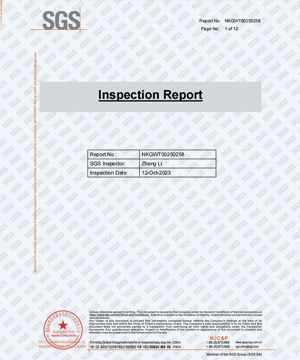
SGS Inspection Report

Certificate of Acceptance
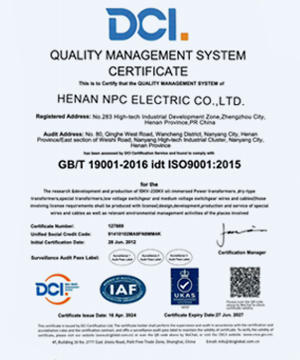
ISO Quality Certificate
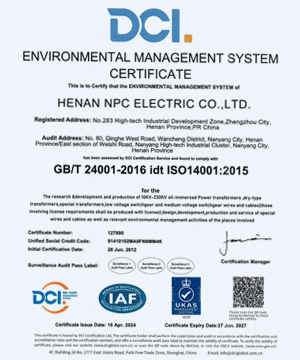
ISO Environmental Certificate

ISO Occupational Certificate
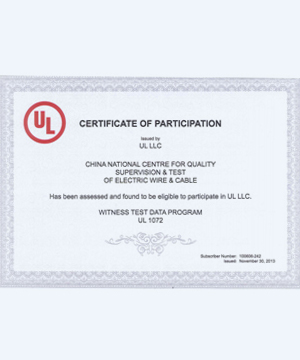
UL Laboratory Certificate
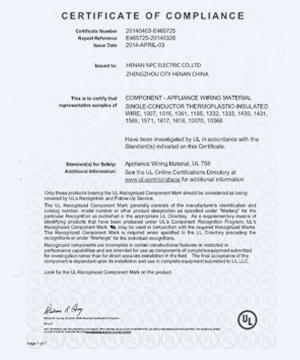
UL Product Certificate
Project Cases

Peru Solar PV Project
CompletedNPC Electric Delivers Medium-Voltage Cables for Peru Solar PV Project
Country:Peru
Model:HEPRZ1(AS) 1x630 mm² 19/33kV x 6km
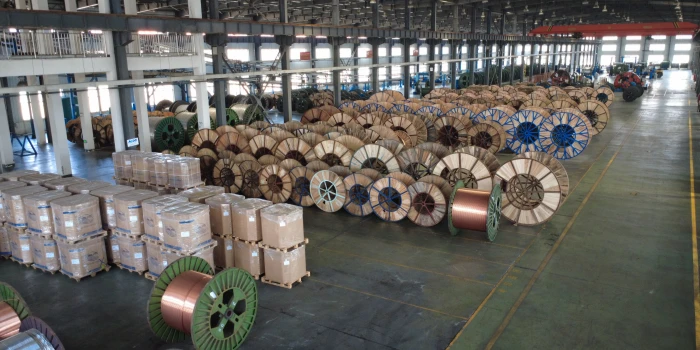
Chile El Project
CompletedReliable 19/33kV MV cables ensuring safe, stable, and efficient power transmission for critical projects.
Country:Chile
Model:19/33kV MV Power Cables x 5km
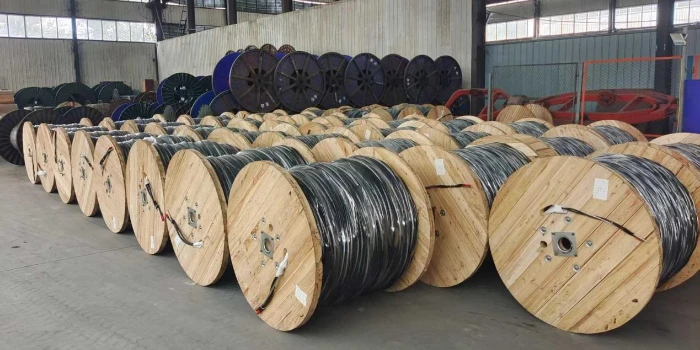
Dominican Edenorte Project
CompletedProvide outdoor power solutions for urban main road reconstruction projects to adapt to complex environments.
Country:Dominican
Model:NPC AAAC Cable & Triplex Cable x 10km
Technical Advantages
FAQ From Customers
-
What is a bare conductor cable?
A bare conductor cable is an electrical cable made of bare aluminum or bare copper conductors without any insulation. These cables are widely used in overhead power lines, power transmission systems, and aerial conductors. Bare conductor cables offer excellent conductivity and high tensile strength, making them ideal for long-distance energy transfer and outdoor installations. -
Bare Copper Conductors vs Bare Copper Ground Conductors, what’s the difference?
Bare copper conductors are typically used in power transmission, providing high conductivity for energy delivery. Bare copper ground conductors, however, are designed for grounding purposes and ensure safety by providing a path to dissipate fault currents safely into the earth. While both are made of copper, ground conductors are often thicker to handle fault conditions without overheating or breaking. -
What is the difference between AAC and ACSR conductors?
AAC (All Aluminum Conductor) and ACSR (Aluminum Conductor Steel Reinforced) differ primarily in their construction. AAC conductors are made entirely of aluminum, offering lightweight and high conductivity. ACSR conductors, on the other hand, have a steel core that enhances tensile strength, making them ideal for long-distance transmission and high mechanical stress. While AAC is suitable for shorter distances, ACSR is typically used for overhead lines with longer spans and high voltage transmission. -
What is the difference between bare conductor and insulated conductor?
Bare conductor cables are uninsulated and typically used in overhead power lines where external insulation is unnecessary. In contrast, insulated conductor cables have a protective layer of material like PVC or XLPE, offering protection against electrical shock and short circuits. Insulated cables are commonly used for underground installations or where conductors are exposed to moisture, chemicals, or mechanical damage. -
What types of electrical cables are used for power transmission?
Various types of electrical cables are used for power transmission, including bare conductor cables like AAC, ACSR, and AAAC. These cables are ideal for overhead power lines because of their high conductivity and durability. For underground or shielded installations, insulated conductors are often used. NPC Electric manufactures electrical cables for both low voltage and high voltage systems, ensuring reliable and efficient power delivery in diverse applications.









